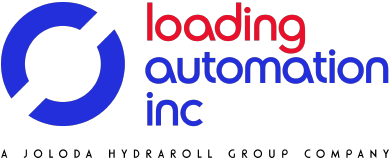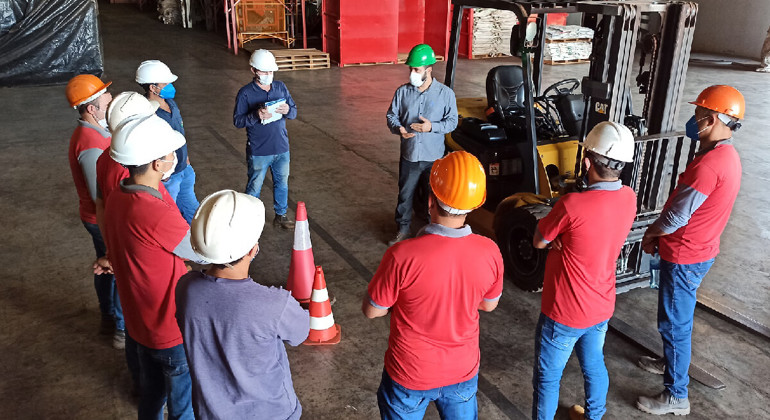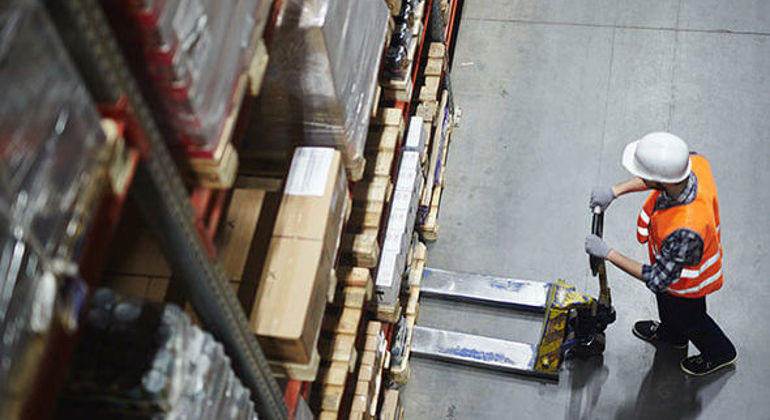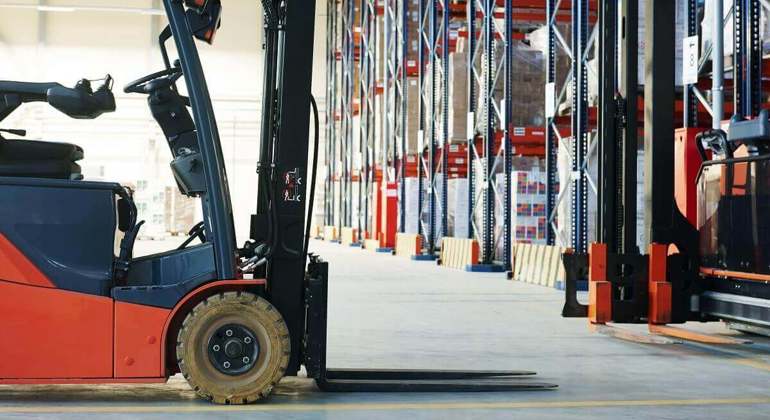The e-commerce world has placed heavy demands on warehouses especially, and they’re having to work hard to keep up with the pace. Warehouse operators have to contend with several different problems:
Budgeting for safety
Under the pressure to keep up with demand, operators may feel the temptation to hire someone who can play the role of production manager and safety manager. If efficiency and production key performance indicators (KPIs) receive a higher weighting than safety ones, this will become a problem. When they have urgent goals to meet, managers may downplay health and safety issues and near misses that demand immediate attention.
Storage and exit hazards
Cutting costs by recruiting fewer staff while, at the same time, constantly packaging goods and shipping them means aisles and other areas could be non-compliant. Boxes and clutter could obstruct aisles and doorways. Even if you leave them there for just a few hours, you’re asking for trouble. These areas should always be clear.
Ergonomics
Packing, labelling, twisting and sorting; all that continuous, repetitive movement causes physical distress. High heat, high noise levels or extremely cold indoor temperatures can all increase distress. You should design your warehouse facilities, processes and floor set-up to reduce this stress first.
Employee training
The shifts may be round the clock and the pace may be fast, but you shouldn’t neglect worker training. Hold health and safety meetings on common sources of injury that cause workers to take time off work.
Never skip training, even if this may save you time and money. Skipping training can lead to incidents that trigger complaints and lawsuits, costing you more time and money in the long run. Providing good training for employees will help the warehouse operate to its fullest potential, whereas cutting back on training will stop things from running as smoothly as they could or should.
Constant workflow and workload changes
Warehouse work is physically demanding. Workers are walking, bending, lifting and, generally, on their feet a lot of the time, and workloads are dynamic, changing from day to day and even from hour to hour.
High or low temperatures, noise, poor lighting and other environmental factors can also have an impact on workers’ safety in the warehouse. These must be managed effectively.
Slips and trips
Slips and trips might be more straightforward to avoid, but lots of accidents happen in the warehouse that involves them. Simple ways to prevent slips and trips include getting rid of any potential causes such as loose materials on the floor, boxes, liquids, poorly lit areas and unnecessary steps or bumps on the floor. Anti-slip tape can improve grip on the floor.
Heavy equipment
When you work regularly in a warehouse, it’s easy to get used to working with heavy equipment but forget about the danger of the machine itself. Employees must understand all the dangers of using the machines in a warehouse, including the dangers of forklifts. Be careful when operating heavy machinery so you can do everything possible to avoid any accidents.
Falls
Falls make up another large number of accidents in the warehouse. Employees must always be aware of their surroundings. Make sure there are proper guard rails in all the relevant areas. Understand why you need them and how you can install them in your warehouse.
Fire hazards
A warehouse fire can have a devastating impact on your business, but it’s one of the most overlooked and forgotten about hazards when it comes to warehouse health and safety. The good news is this type of hazard is highly preventable. Equip the building with fire extinguishers and mark exits. Avoid leaving leaking flammable fluids and exposed wires around the warehouse, and don’t run some cords under the carpet.
Moving parts
The chances are, when working in a warehouse, employees are going to be working with heavy machinery. When doing so, they should pay very close attention to the warning labels on the machines. Some machines feature moving parts, and these can become very dangerous if operators don’t use them correctly. Improper machine use can result in serious injury or even death.
Heavy materials
Unfortunately, you can be crushed to death when working in a warehouse with heavy materials. This tends to be a consequence of not receiving adequate training. When it comes to press machines, you must provide every single employee with more than enough training.
Loading docks are another area where you or your employees may have to deal with heavy materials. Ideally, you should avoid them where possible. Be wary of any heavy materials that could fall and crush you or one of your employees.
Falling objects
A lot of warehouses stack items high, which means falling objects will always be a health and safety hazard, especially when they’re stacked high. Stack heavy loads neatly so that the load doesn’t shift onto you when you’re carrying it. If objects are cylindrical, stacking them correctly can spare you the problem of them rolling off the shelf on which you’ve stacked them.
Harmful substances
This will depend more on the warehouse and where you’re working, but harmful substances such as asbestos can cause major health and safety concerns. Employees must feel safe. If they don’t, they can report you to a third party and trigger an inspection.
Talent shortage
Dealing with a shortage of labour is another major issue for warehouses; in fact, not just warehouses are struggling with a shortage of talent, but also the truck driving industry and the wider supply chain. You can read more about this in our blog post on the truck driver shortage and what your business can do about it.
Given the complexity of warehousing and supply chains, there’s no single cause. Operators must contend with several different factors that are all contributing to the shortage:
Demographics
The United States, the UK, Western Europe and many other countries are wrestling with demographics. Baby boomers are entering retirement, and many companies are finding they don’t have experienced managers who can replace them. Millennials are entering the workforce and able to fill entry-level roles, but it’s in middle management where companies are struggling.
Cost cutting
The economic downturn has persuaded companies to downsize their workforce and either cancel training and development programmes or cut back on them. This has exacerbated the shortage. Workers haven’t had the resources they need to build their skills and meet the challenges of logistics today.
Changing skillsets
Experienced managers may be retiring, but operators are now looking for employees who have broader skillsets than the people they’re replacing. Warehouses are incorporating more and more tech into their operations, so candidates must possess more and more technical and analytical skills, even for roles as forklift truck drivers.
Companies are also seeking to hire people whose skillset cuts across manufacturing, logistics and other traditional silos. Meanwhile, the role of supply chain managers is becoming more strategic, which is forcing them to build communication skills, relationship management and other soft skills, as well as project management and leadership capabilities.
Retention is another issue. Reasons some might choose for leaving one company to work for another include:
- higher wages;
- more advancement opportunities;
- better training;
- better benefits;
- more flexible work schedules;
- incentive programmes for workers.
Coping with the shortage
One way to cope with the shortage is to have processes in place to minimise the impact. Automation and technology are two ways to achieve this. Even with a smaller workforce, the use of robotics and automation will help you keep things up and running on some level; this doesn’t mean you should replace absolutely everyone with technology, however.
Think about the processes that would benefit from automation. Consider the following when determining this:
- information on the costs of processing an order;
- the number of employees you need per shift;
- the details of picking and packing processes;
- the number of orders you have open;
- the error rate.
The physically demanding nature of warehouse work can stop it from appealing to younger generations; however, as well as investing in technology, there are ways to attract talent and retain it, rather than lose it to competitors in the industry. Here are some tips to improve your retention rates:
- keep your warehouse clean, safe and well organised;
- set up ergonomic workstations and equipment;
- offer competitive pay and benefits;
- provide ongoing training and support;
- keep work schedules flexible;
- train for flexibility so that workers can perform more than one job;
- create an incentive programme;
- communicate and engage with employees regularly;
- listen to employees, and be open to ideas and suggestions from them.





